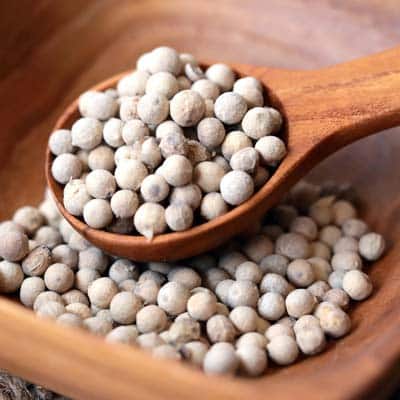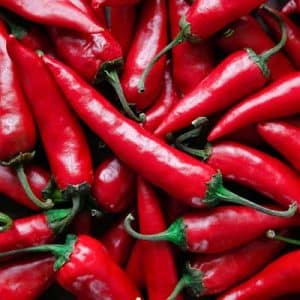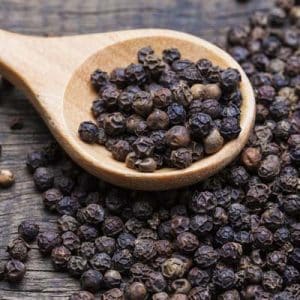Description
Cultivation Regions:
Pepper is primarily grown in southern and central Vietnam, including provinces in the central highlands and the southern Mekong Delta. The tropical climate and fertile soil of these regions are well-suited for pepper cultivation.
Cultivation Practices:
Pepper vines are cultivated on trellises or support structures. They require well-drained soil and regular pruning to ensure optimal growth. Pepper plants are typically grown alongside other crops in agroforestry systems, which promote biodiversity and sustainable farming practices.
Harvesting:
Pepper berries are harvested when they reach their ideal stage of ripeness. For black pepper, this is when the berries turn from green to yellow and red. For white pepper, the berries are allowed to ripen further until they are fully red. Harvested berries are then processed to produce the final pepper product.
Processing:
After harvesting, pepper berries undergo a series of processing steps, which may include washing, blanching, and drying. The drying process is crucial for both black and white pepper, as it removes moisture and preserves the flavor and aroma of the pepper.
Quality and Export:
Vietnamese pepper is known for its quality and is exported to numerous countries around the world. Some of the top export destinations for Vietnamese pepper include the United States, India, and several European countries. Vietnam’s pepper exports are a significant contributor to the country’s agricultural and economic growth.
Culinary Uses:
Both black and white pepper are fundamental ingredients in a wide range of cuisines worldwide. They are used to season and flavor a variety of dishes, including soups, sauces, meats, and vegetables.
Vietnamese pepper is highly regarded for its quality, flavor, and aroma. Its production and export play a vital role in Vietnam’s agriculture and trade sectors, making it an essential crop in the country’s economy.













Reviews
There are no reviews yet.